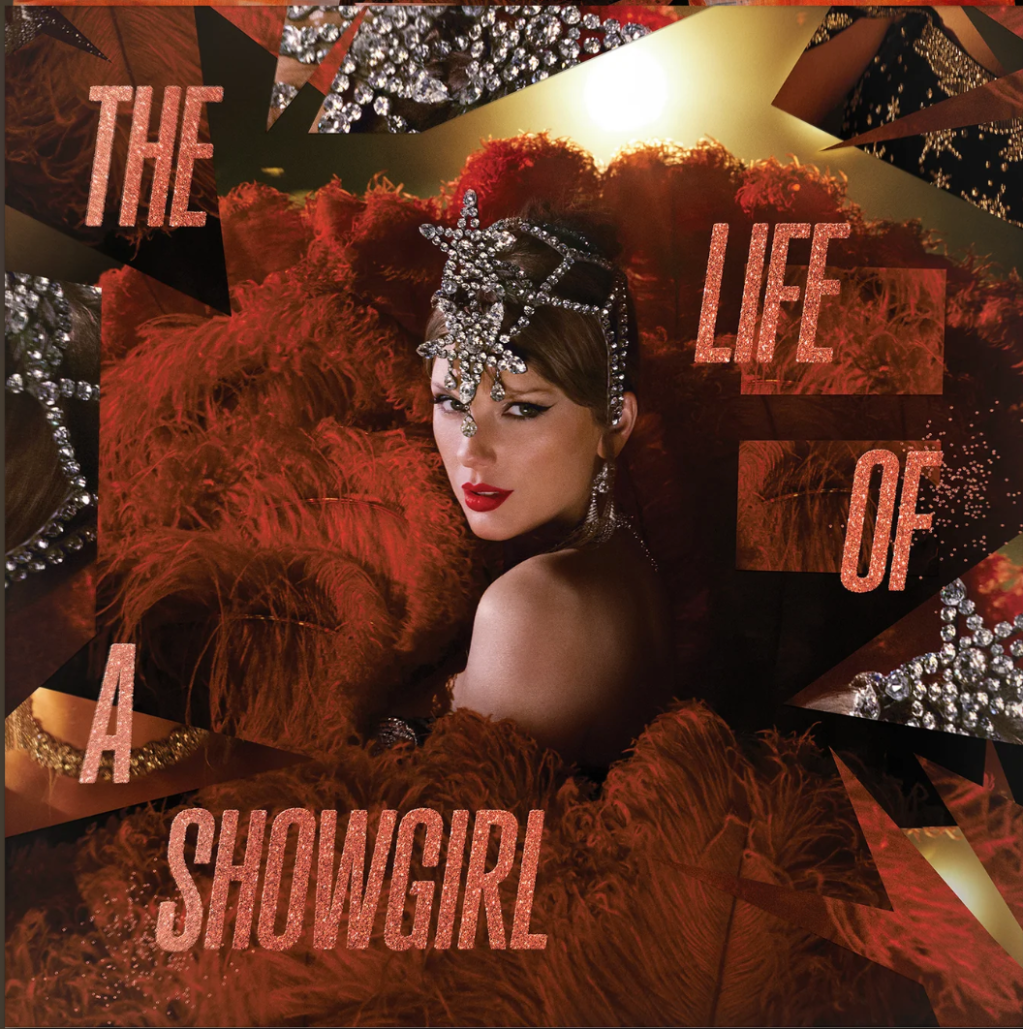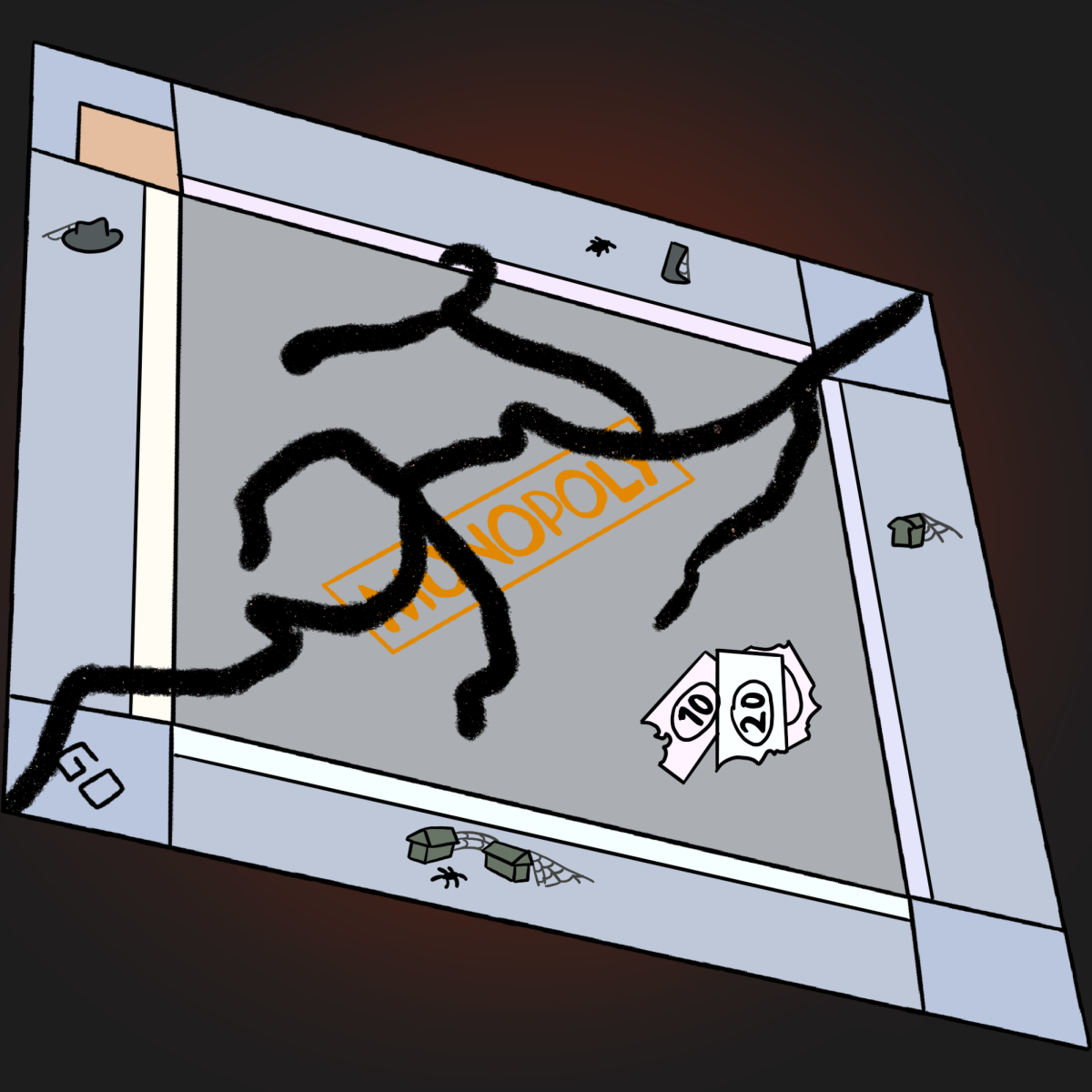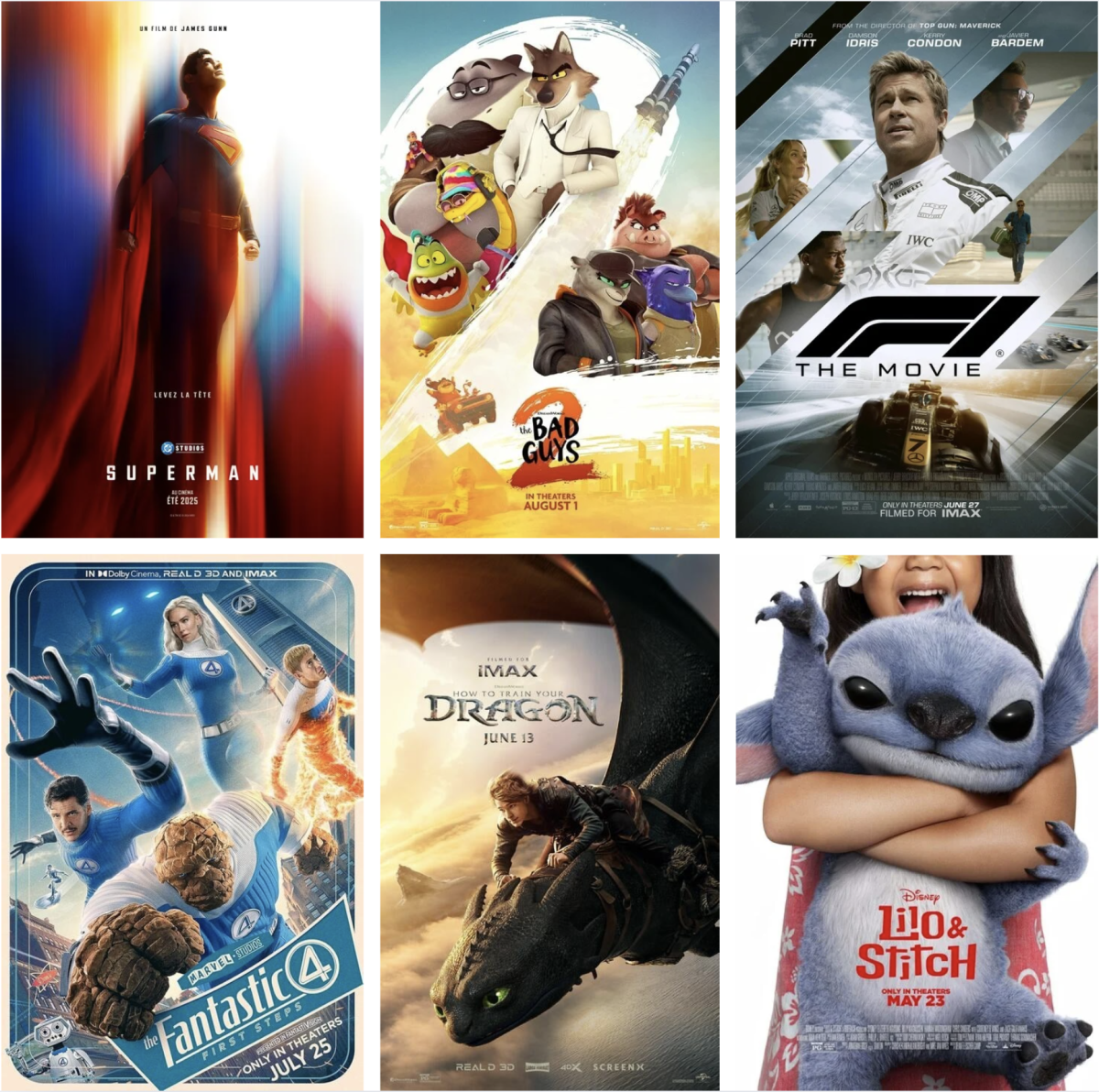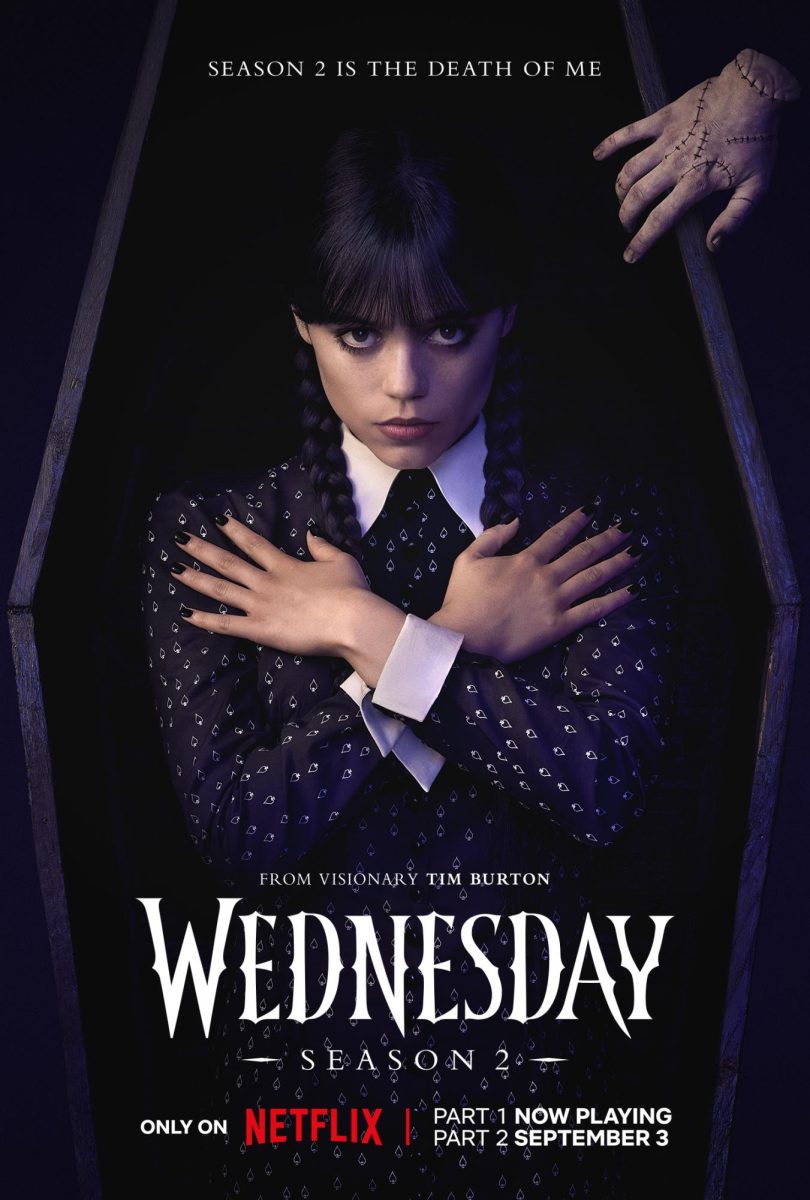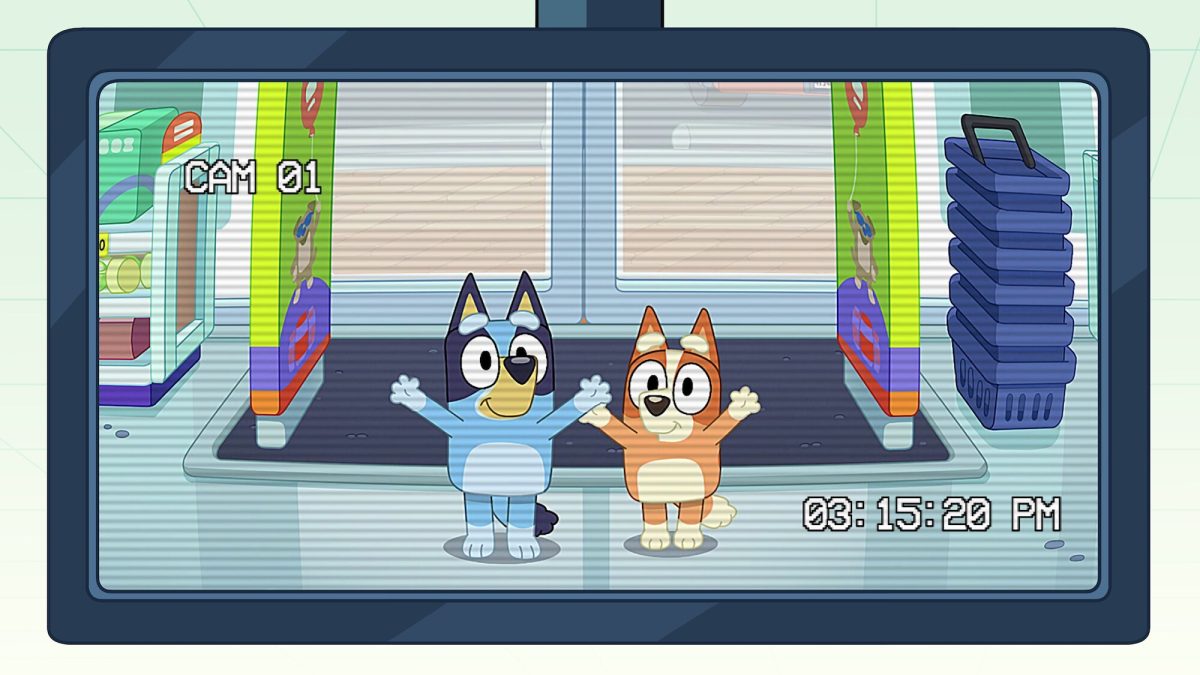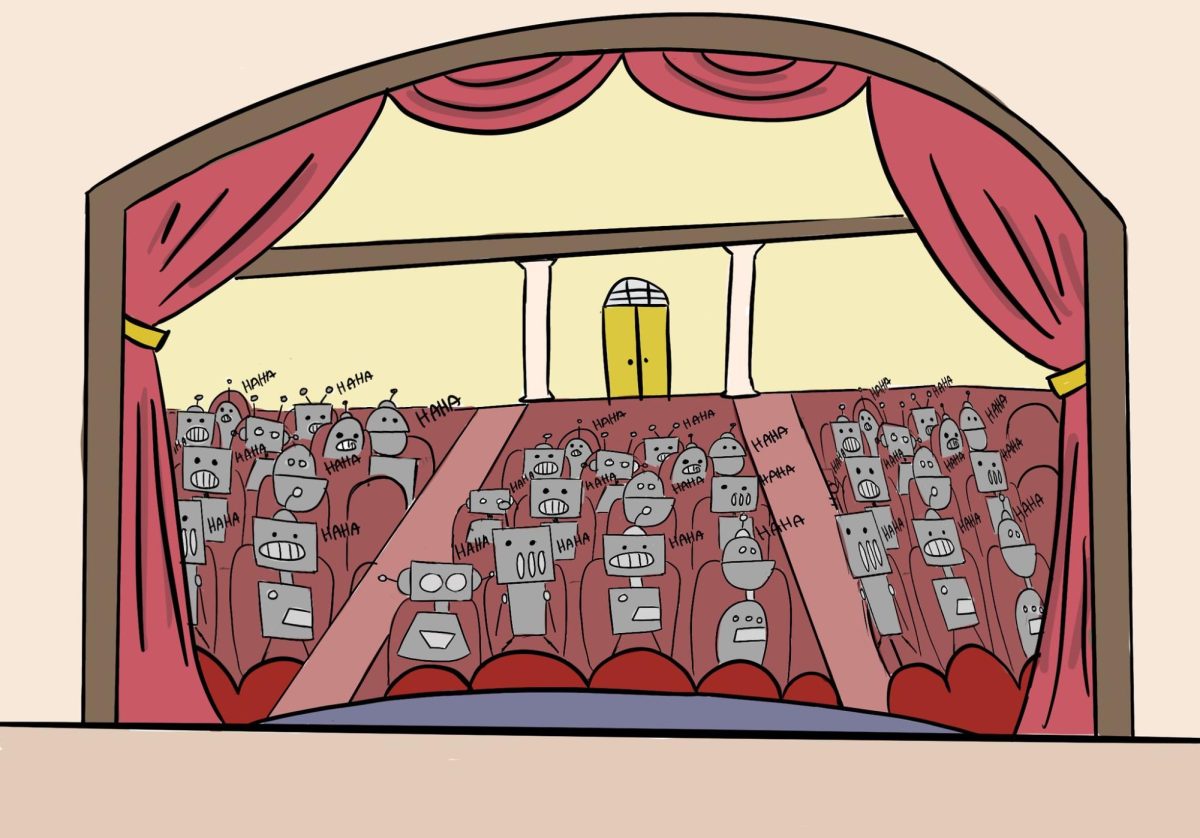
Released in theaters on Aug. 8, 2025, Disney’s “Freakier Friday” attempts to revive and live up to the charm and heart of the 2003 film, “Freaky Friday,” by reuniting Jamie Lee Curtis and Lindsay Lohan to reprise their roles as Tess and Anna Coleman, the iconic, beloved mother-daughter duo with mounds of comedic chemistry. Directed by Nisha Ganatra, the movie seeks to update the story of the cult-classic for newer generations, dialing up the chaotic mayhem of the original movie by tossing Anna’s daughter, Harper (Julia Butters), and step-daughter-to-be, Lily Reyes (Sophia Hammons), into the mix for a four-way body swap, bridging three different generations of Coleman family drama. When Disney first announced the reboot of such a beloved movie, fans were skeptical, considering Disney’s current track record of remaking movies and failing miserably to meet audience expectations. While the premise promises new possibilities, the movie constantly teeters in the delicate balance between a heartfelt modernization and shamelessly recycled nostalgia from its predecessor. The scales ultimately tipped on the side of slightly subpar, resulting in another one of Disney’s less-than-satisfactory reboots.
The strongest element of “Freakier Friday” was the stellar performance of both Curtis and Lohan, whose unmatched energy carried the film. Curtis, once again, proves her undeniable comic timing; her ability to embody a teenager in her mom’s body is just as entertaining as it was two decades ago. Lohan, in her highly anticipated return to the Disney scene, brings a more mature and in-depth take on Anna’s character, who herself was deep in the trenches of parenting struggles. Their dynamic instantly transports audiences back to the early 2000s, making the film’s nostalgic pull nearly irresistible. For fans who grew up quoting the original, watching Curtis and Lohan banter through swapped personas was just as fun as the first time.
Although the original cast delivered high-value performances in their roles, the new additions gave lukewarm performances, at best. Butters, while energetic and somewhat engaging, was given a one-note “rebellious teen” role that never develops past cliché, feeling more like a plot device rather than a full-fledged character. Lily, on the other hand, adds a slightly fresher element, but even so, her character felt plain and underdeveloped, relegating her role to comedic relief rather than letting her character shine. Her perspective could have been used to deepen the film’s exploration of empathy across age groups, and paired against Harper, she had the potential to serve as a sharp foil that highlighted the differences between rebellion and obedience. While the movie gestures toward this contrast, it never commits fully, leaving both sisters shortchanged. The inter-generational conflicts between Boomer, Millennial and GenZ/Alpha forced to walk in each other’s shoes are ripe with potential, yet the film only skims the surface, relying on a quick laugh rather than a meaningful exploration of mother-daughter relationships, modern family dynamics and generational miscommunication.
The movie’s screenwriting is also another sore spot in the film. When the script takes a stab at modernizing the movie by typing it to Gen Z/Gen Alpha humor, it feels unnatural, especially because the adults in the body-swap were trying so ridiculously hard to sound like teenagers, overusing slang terms like “slay” and “bet.” Compared to the sharp, witty and genuinely funny dialogue of the 2003 movie, this version comes across as watered down and lacking.
The pacing doesn’t help either. At just under two hours, “Freakier Friday” drags in its middle section, bogged down by repetitive hijinks and scenes that don’t move the story forward, like the pickleball tournament scene, which felt prolonged and largely unnecessary to the plot. The 2003 version felt tight, energetic, and perfectly timed, whereas this one occasionally loses momentum.
Still, the sequel isn’t without merit. It modernizes the soundtrack with a mix of nostalgic throwbacks and current hits, and while it lacks the rock edge of Anna’s band from the original, it does manage to keep things lively. Most importantly, the film’s central message — learning empathy by literally walking in someone else’s shoes — still resonates with people today. Even if the delivery isn’t as sharp and clear, the underlying message is still very much there.
Ultimately, “Freakier Friday” lands somewhere in the messy middle between a heartfelt revamp and a nostalgia-inflated retread. The four-way body swap adds new levels of chaos and some fresh generational commentary, but the film never fully escapes the shadow of its 2003 predecessor. While the performances of the original cast in this movie remain uncompromised, the movie itself relies a little too much on recycled gags and winks to the audience instead of carving out its own path. Still, if you’re looking for a fun, family-friendly comedy that blends Disney charm with a dose of early-2000s nostalgia, this sequel is worth the watch. Just don’t expect it to hit the same cultural nerve as the original.

